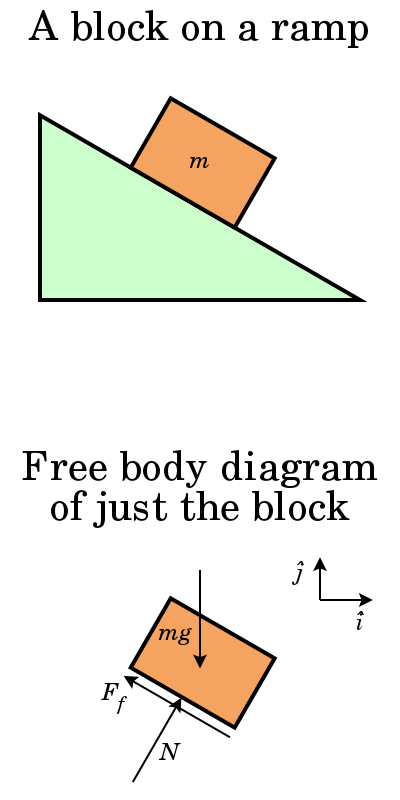I don't think either of your statements are correct as stands.
They are both down the same false trail as has confused debate throughout the history of these discussions.
There is an implied assumption that the "Top Block" DROPPED then IMPACTED. This leads to the assumption that a noticeable JOLT would result.
The error has a long history of both sides of the polarised debate being wrong.
In brief, it started from a paper by Bazant & Zhou released 9/13 2001 > Yes. TWO days after the event. It was a limit case assessment that assumed the Top Block dropped to impact. Neither of those assumptions, 'droppped' or 'impact', was correct but they legitimately defined a LIMIT case, Not what actually happened.
But for the next 8 years, confusion reigned because too many - both truther and debunker side - assumed it was the actual mechanism. Tony Szamboti - leading truther side engineer - wrote a paper about "the Missing Jolt" which dominated the debate for years. He made the same two errors.
Bazant himself fell for the same mistake when in 2007 in association with Verdure he lent his name to a further paper that introduced the "Crush Down/Crush Up" hypothesis which is wrong. It has four fatal false assumptions, three of them independently fatal. But, given Bazant's status as the omniscient head of engineering debunking, his wrong explanations are still accepted as gospel by far too many debunkers.
So that is the history.
And the David Chandler graph makes the same errors. Both Chandler and Szamboti, AFAIK, persist to this day repeating the same false claims based on those two false premises.
Let me state it bluntly:
The Top Block did NOT drop to impact the lower tower. There was no massive, single 'jolt' deceleration to look for.
The actual mechanism was a sequenced process of failures somewhat analogous to toppling a row of dominoes. One failure leads to the next. Then the next. Then the next. EXCEPT each domino topple is a single binary event. Triggered and it topples. The column failures were at least three grades more complex overlays of analogue events.
Leave it there - we can explore it in more detail if anyone needs to understand it more fully. There is no point in even attempting an explanation before relevant members accept the starting pair of premises - viz The Top Block did not "Drop" to "Impact". Therefore the large-scale gross and obvious "Jolt" was not possible. The claim and its debate are down a false trail.
I've many times explained that the process of the initiation stage was driven by a cascading sequence of column failures.
Explaining what actually happened goes IMO too far off the topic of this thread which is a critique of a new video.
Meanwhile
@FatPhil your comments head in the right direction:
However, that depends on what "impact force" is supposed to mean. It sounds like it might be some quantity derived from force, and all that I can imagine is the summing of force over time - namely the impulse, or net change in momentum. But that definitely doesn't gel with it being higher implying less acceleration. Someone running and skidding across a frozen pond would undergo the same impulse as they slowed down from running speed to stationary no matter if they did it slowly as a slide, or if they did it instantaniously upon hitting a "no skating" sign. Same change of momentum, different accelerations.
Reality was a distributed in time sequence of small impulses. NOT one ruddy big and obvious jolt.


